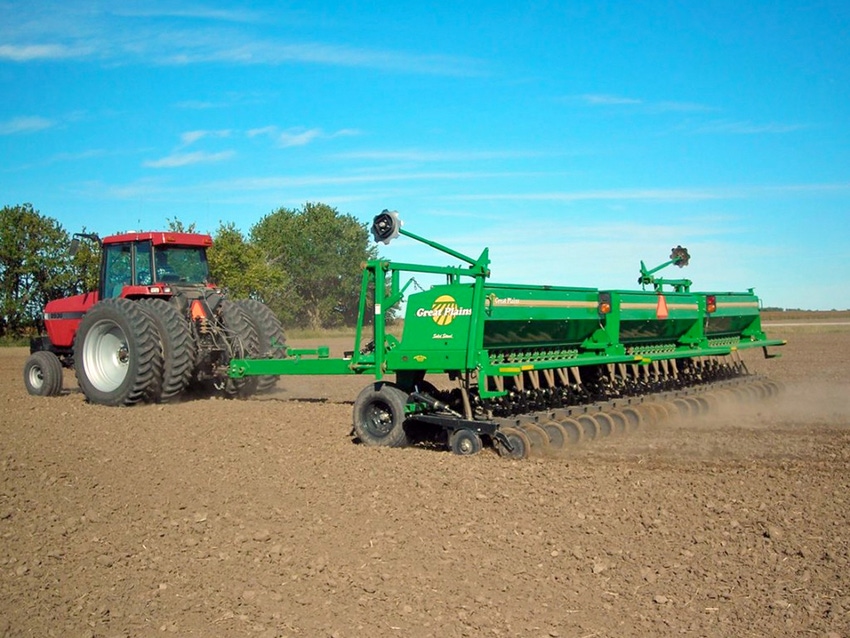October 28, 2014

As the harvest season draws to a close, we should start thinking about how to improve our chances for a good crop next year. It’s time to do soil sampling and, as weather allows, to apply lime to those areas where soil pH has slipped a little too low and to apply some of the products that benefit from overwintering, such as poultry litter, phosphate fertilizers, etc.
Another practice that more and more growers are beginning to adopt is that of planting some form of cover crop. I have had several people tell me that the benefits of a winter cover crop can well justify the expense of establishment, especially when all the positive aspects are considered. We often overlook some of the most important benefits of winter cover and dwell on the idea of having a clean field to work next spring when that bare soil is one of the worst things we can have.
I’ve had several calls concerning the idea of planting tillage radish, and I hesitate to recommend this kind of cover even though there are some benefits. I simply don’t feel that we know enough about this kind of cover crop, especially given the fact that we do understand crops like wheat, rye, oats, vetch, winter peas and others that we know to be beneficial. We know their strengths and weak points and the situations in which they work well or not so well. If you want to try radishes try a small area at first.
Personally, I prefer wheat as a cover crop for soybeans and cotton, although some recommend rye. My choice is wheat since it is easy to establish, easy to manage and destroy prior to planting, and it provides many soil and nutrient conservation benefits. My experience tells me that rye is too tall and tough. Some people like oats, and a recent study in this area has shown that oats may have some benefits over wheat, but for now I am going to stick with wheat. Other benefits of wheat are that it can be utilized as a forage crop, and when commodity prices are attractive it can be retained as a grain crop for harvest.
A big benefit of most cover crops is that their roots penetrate fragipans and compaction pans during the winter months and reduce the need for deep tillage. This benefit alone can remove the necessity for subsoiling in many situations.
It’s time to establish cover crops in our fields in order to achieve enough winter cover to prevent soil erosion. Care must be taken to supply basic fertility for this crop, just as for any other crop. Drainage considerations must be addressed as well not only for the cover crop but for other crops that will be planted in the future.
The most basic principle of cover cropping is that the soil must be kept covered to reduce soil loss. Growing plants retain nutrients that will be released for future plantings. And not least of all, deer do not like to browse in the stubble of a cover crop, so young soybean or cotton seedlings are greatly protected from their damage.
Many growers regard cover crops as old fashioned, but they are just as important today as they were when our grandfathers were farming. They knew that the soil must be kept alive in order to grow the crops we need to feed ourselves. As the world changes in so many ways we as farmers may have to re-learn the methods of our predecessors in order to continue supplying food for ourselves and our communities.
You May Also Like




